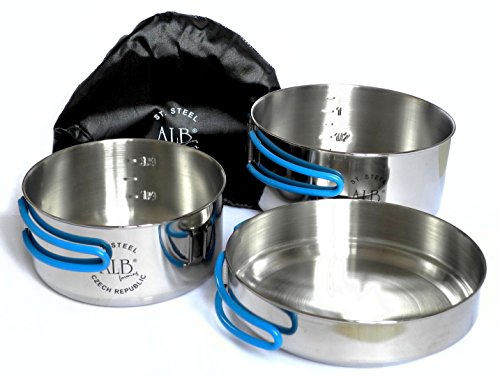Steel CrNi 1810
Uses can be found in the food, pharmaceutical, and cosmetic industries, as well as in facade and residential architecture. It is not suitable for use in the chemical industry, as it only resists some low-concentration acids. In an outdoor environment, it withstands surface corrosion only if deposits of chemical emissions (dust and salts) are regularly washed off the surface by rain.

This most widely used stainless steel, often referred to by consumer names "food-grade" or "18-10", mainly satisfies customers due to its price to good corrosion resistance ratio in certain environments.
Uses
Less corrosion-stressed equipment in the chemical industry, paper industry, welded constructions, storage tanks, and sewage treatment plants, etc. The Ni content can be on the borderline for usability in drinking water. It can be used for food and meals. Max temperature 650°C (heat-resistant material).
Processing Technology
It is weldable with deeper penetration (over 5 mm thickness). It is processed by cutting, bending, drawing (pulling). Chip machinability is good. More challenging to polish.
Technical Data
Tensile strength Rm 500 - 700 N/mm². Yield strength (yield limit) Rp 0.2 min. 200 N/mm². Elongation A80mm min. 40%. Annealing temperature 1000 -1100°C cooling with water, intensive air. Non-magnetic, not hardenable. It has a tendency to strain hardening when drawing or during chip machining with unsuitable cutting conditions. The hardening occurs due to the transformation of austenite to deformation martensite, which increases strength, decreases ductility, and can cause magnetizability. In profiles with larger cross-sectional areas, partial magnetizability in the core area of the profile can occur - this is caused by residual martensite from high temperatures during production. These changes do not affect the corrosion resistance of the material or its weldability. Polishable.
- Chromium is a strong carbide former and therefore increases hardness and strength, with only a slight decrease in ductility. With a content of more than 12% Cr, the steel is resistant to corrosion.
- Nickel increases strength with only low losses of toughness and also provides good hardenability. CrNi steels are resistant to corrosion and oxidation and are heat-resistant. Ni does not negatively affect weldability and improves toughness, especially at low temperatures.




























































































































